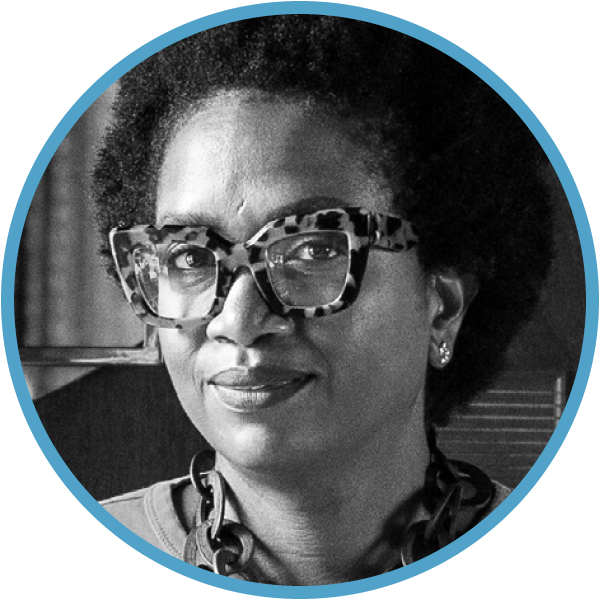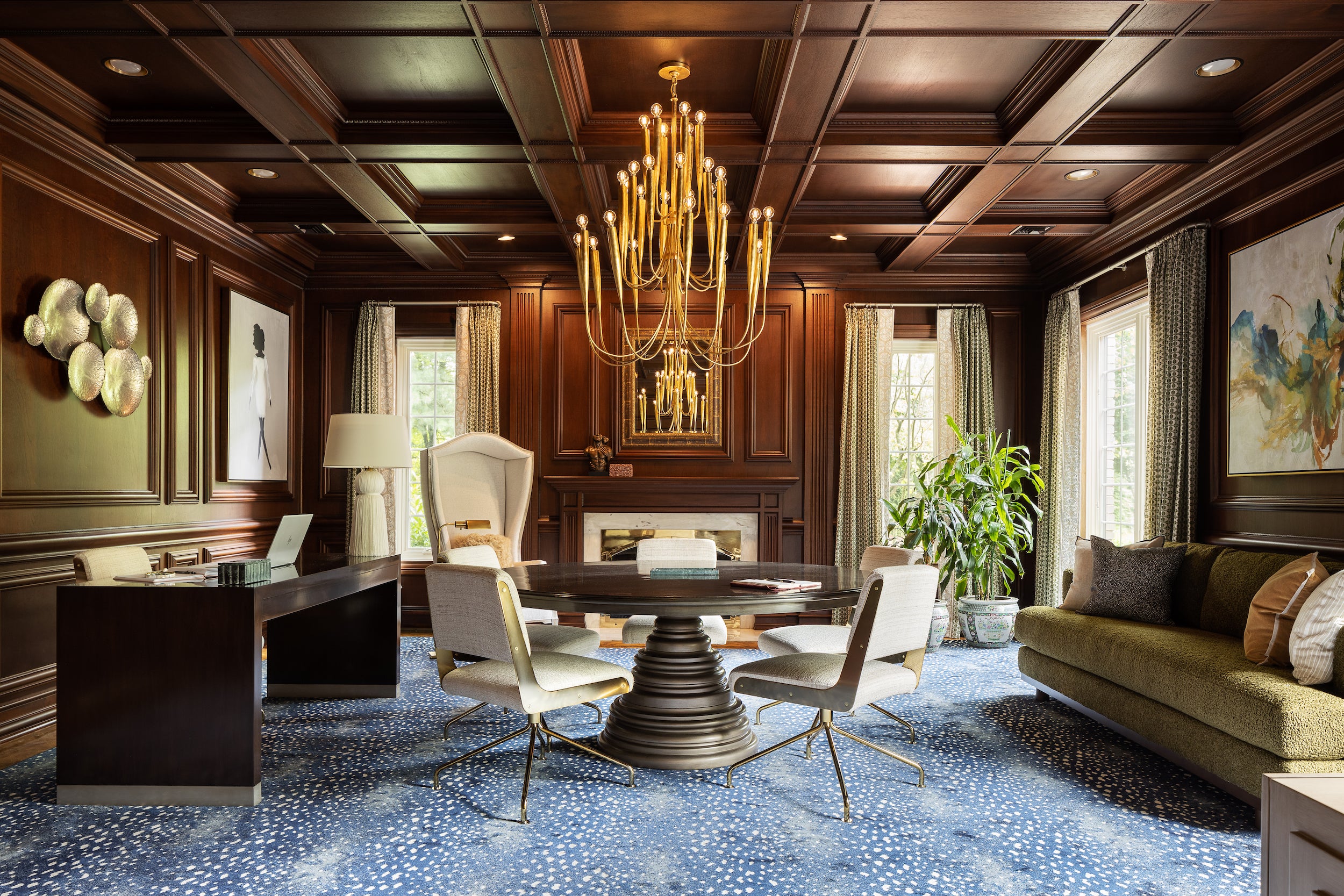When designers talk about streamlining, they’re usually talking about their internal processes. But for South Orange, New Jersey–based designer Gail Davis, winnowing her vendors to a select few has been the key to success.

Gail DavisMike van Tassell
You had a moment where you realized that you needed to change the way you shopped. What happened?
I was running up and down the floors of the D&D Building, and some showroom reps were like, “Hi, Gail!” when I walked in, but others were like, “We don’t have time right now.” I realized that I don’t need to be begging people to do business—and the fewer vendors I deal with, the easier it is, and the more special I am to them.

Ready to dig in?
This article is available exclusively for
BOH subscribers and BOH Insiders.
BOH subscribers and BOH Insiders.
Want full access?











































